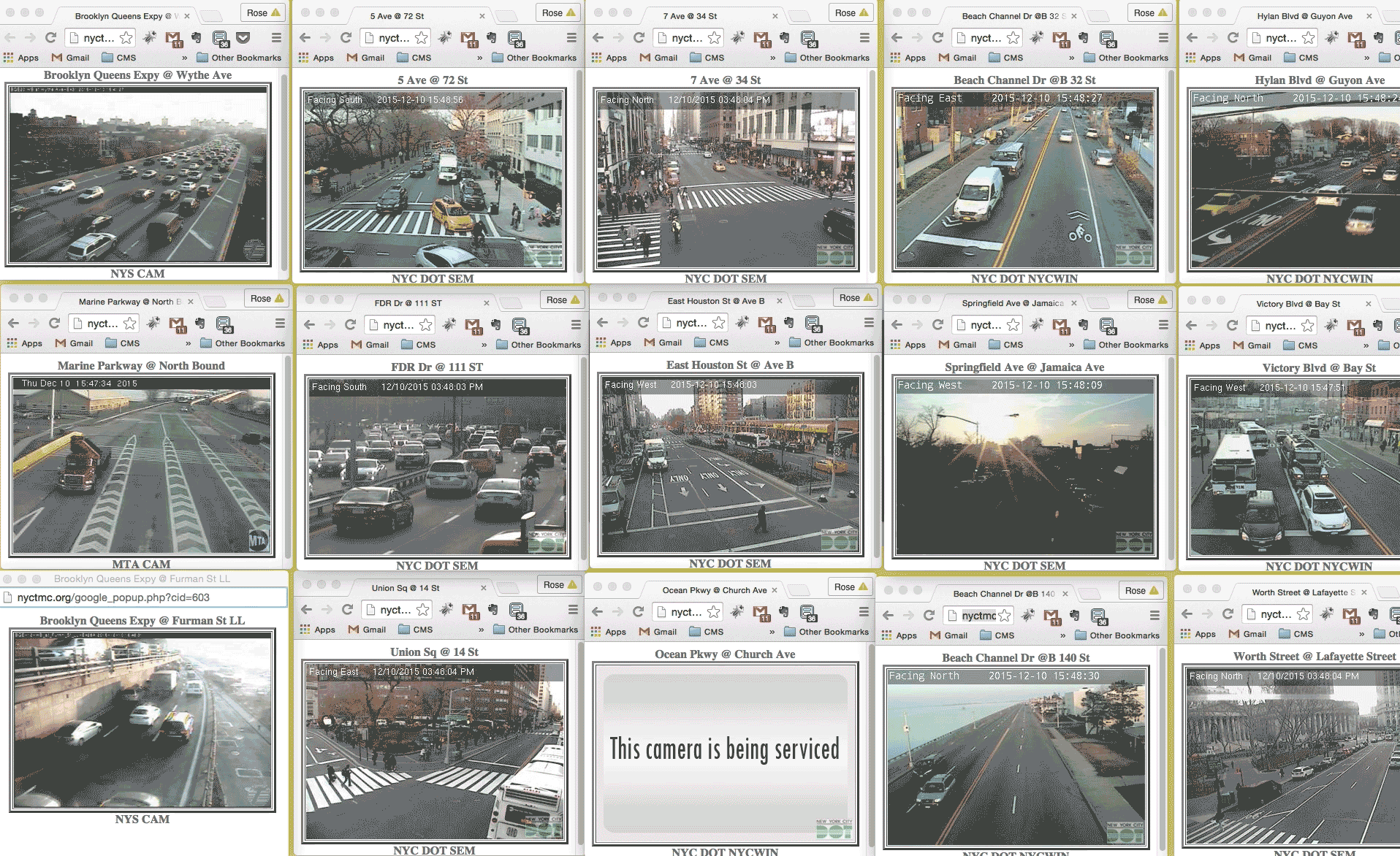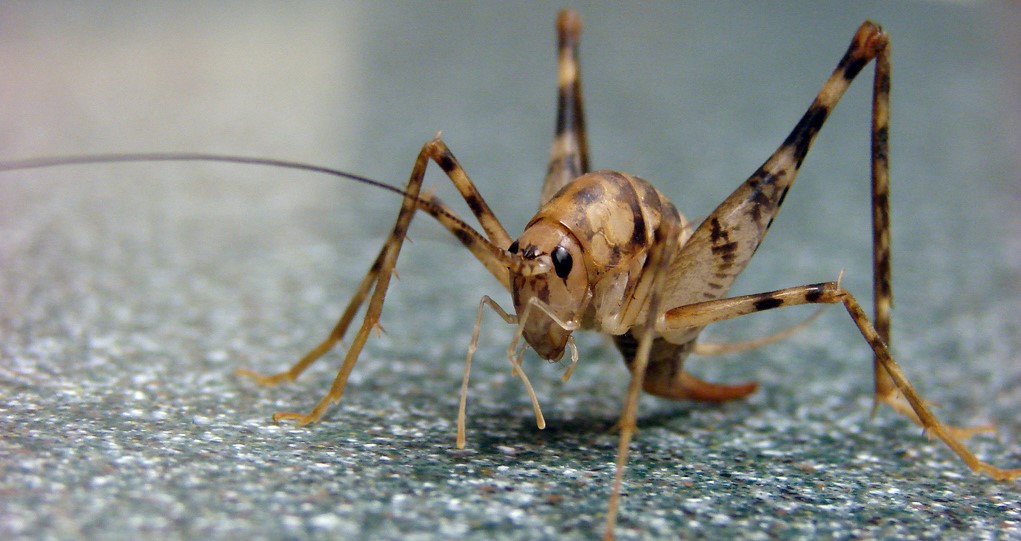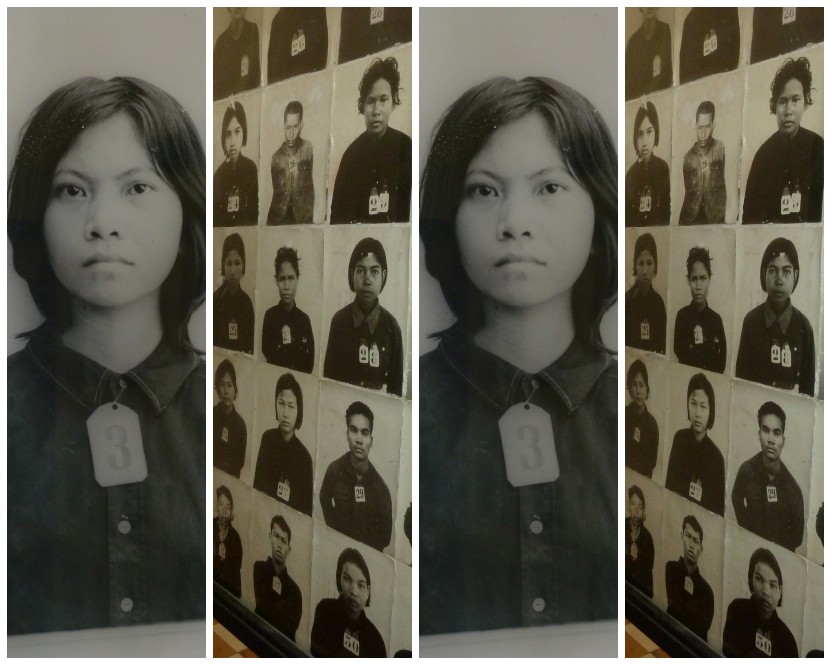Damn, where did the summer go? I’m off this week to enjoy the last of it, and I hope you’ll take some time away from the internet too. But since you’re here, please enjoy this spoetry, courtesy of LWON’s spammers. 
It’s commenter appreciation day here at Last Word on Nothing. If you’ve ever wondered why there’s a delay when you leave a note in the comments section, it’s because live human beings monitor them. We reject spam and nastygrams.
But those poor spambots try so hard that today I think it’s time to recognize their efforts. The following spoems are crafted entirely of spam left in the comments section of LWON (and one disconcerting spam I found in my own email inbox). If you doubt the literary nature of spam, consider this announcement from the Spam Poetry Institute:
“Using state-of-the-art spam poetry analysis tools, our staff has determined that some of the spam-embedded poetry that we’ve received actually corresponds to parts of Jules Vernes’ classic 20,000 Leagues Under the Sea. These spammers, working independently, have begun to weave the fabric of one of the greatest works of literature. We will continue to monitor this remarkable phenomenon and will provide updates as we identify subsequent passages from that great book.”

 HELEN: I like bugs. I started a Ph.D. in ants (and quit, but still think ants are awesome). I have blogged in this space about butterflies. I think the coming of the 17-year-cicadas is one of the most exciting things that happens in the world. My record is quite clear on this: me and bugs, we have no dispute. But I make an exception for camel crickets. They are horrible. Just horrible.
HELEN: I like bugs. I started a Ph.D. in ants (and quit, but still think ants are awesome). I have blogged in this space about butterflies. I think the coming of the 17-year-cicadas is one of the most exciting things that happens in the world. My record is quite clear on this: me and bugs, we have no dispute. But I make an exception for camel crickets. They are horrible. Just horrible. August 20-24, 2018
August 20-24, 2018

